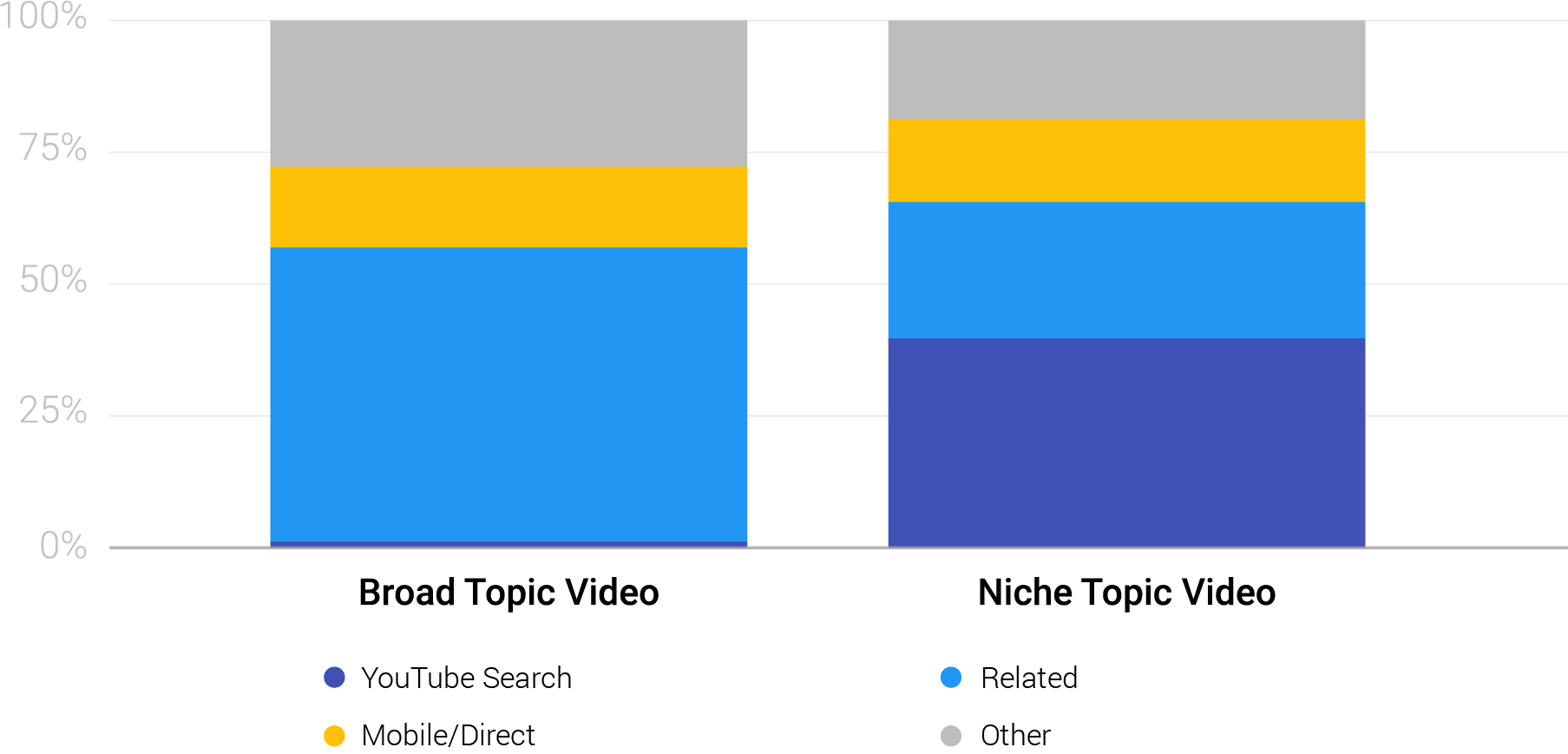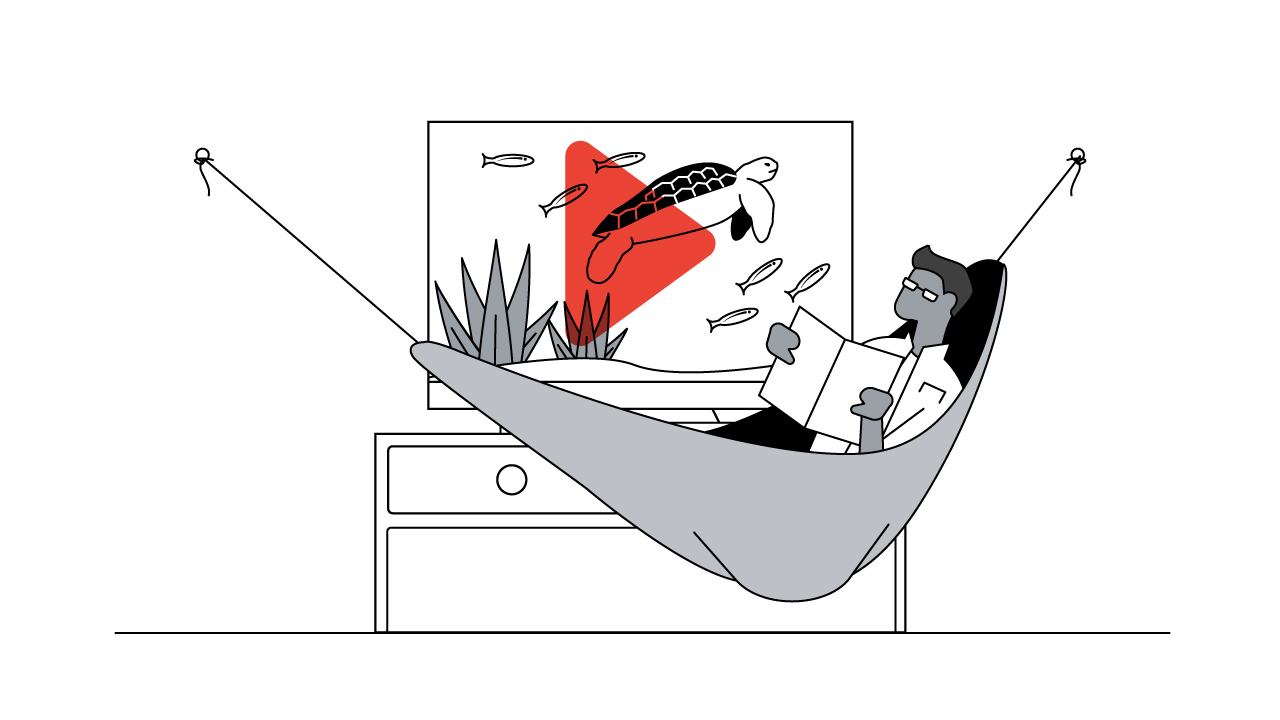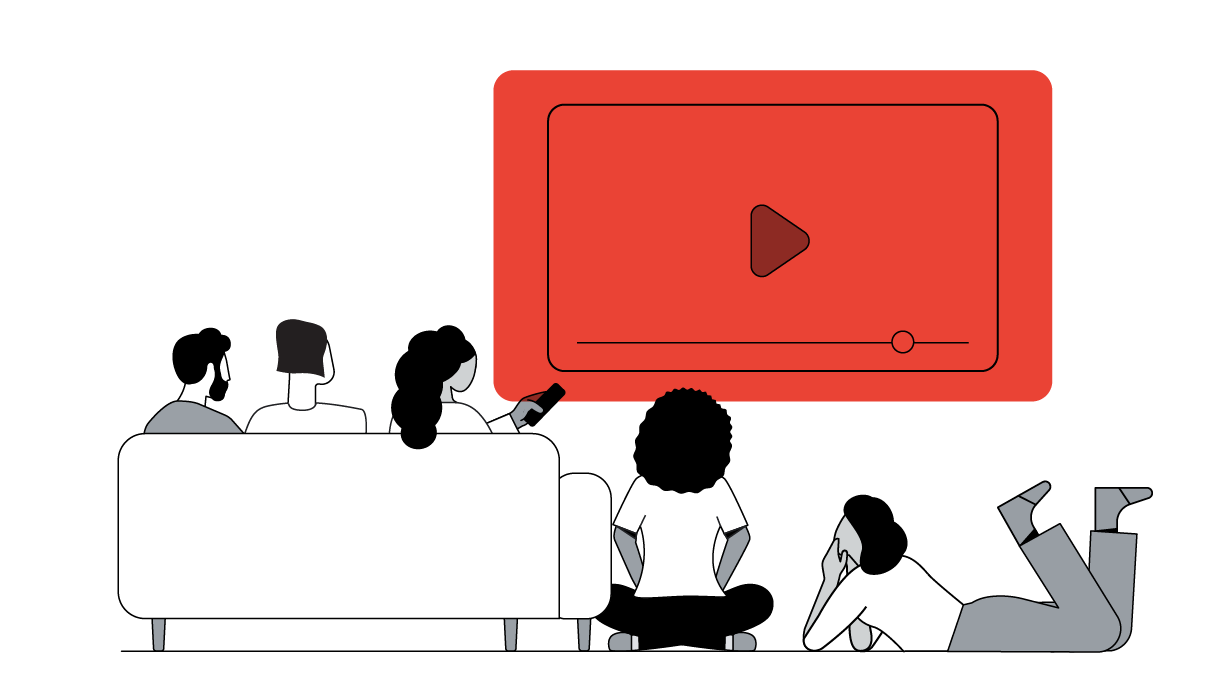You think cats are big on YouTube? Education and learning videos earn 4X the watch time of animal videos on the platform today.1 For National Teacher's Day, YouTube Director of Family and Learning Malik Ducard celebrates the rise of "edutubers" and shares what brands can learn from them.
I come from a family of teachers. My mum taught at a high school in the South Bronx for decades. My sister was an assistant principal at a middle school in Los Angeles. I love it when I walk down the street with my mum and a now-adult student runs up and exclaims, "Oh my goodness, Mrs. Ducard!" My mum listens to their updates and smiles proudly and knowingly – always a teacher, forever a coach.
For me, National Teacher's Day is personal. Teaching and learning have always been personal priorities of mine.
Learning is more than a trend. It's a YouTube trait.
What I didn't realise was that my personal priority would become a professional one at YouTube. I may not be walking the halls of a school like my mum and my sister, but my mission as YouTube's director of family and learning is still to educate and inspire curious minds. Information-seeking is one of the top three reasons people watch YouTube.2 Learning is more than a trend. It's a YouTube trait.
Learning is core to the mission of YouTube – to give everyone a voice and show them the world. We support that mission with four values: freedom of expression, freedom of opportunity, freedom to belong and freedom of information.
Ask any teacher and they'll tell you: Those four values also happen to be four tenets of a successful classroom environment. Perhaps that explains why learning and educational content have exploded on YouTube in recent years. There are 500M views of learning-related content on YouTube every day.3 People aren't just watching – they're engaging: 1M learning videos are shared every day.4 These viewers are learning from a library larger than the Library of Congress.5 And unlike that library, this one is global: Over 50% of learning-related videos are uploaded outside of the US.6

So what does all this mean for brands and advertisers? If brands can understand how people take in information on YouTube, they can engage viewers better with educational ads and content.
Here are three things brands can learn from educational content on YouTube:
1. Lead with entertainment, or "edu-tainment"
Any good teacher will tell you you've got to mix the nutritious with the delicious. Take this teacher on YouTube, who remixed a chart-topping hit to get his students excited about the Civil War. Be like Mr. Yancey: Start with something learners want to watch.
As YouTube creator RoomieOfficial told us, "My most successful educational videos have a strong hook and cover topics that aren't often talked about and may even be taboo." Your channel doesn't have to be explicitly about learning for you to thrive in the learning category. In fact, some entertainers make the best edu-tainers.
StacyPlays, for example, is a gaming creator specialising in Minecraft. She took the Minecraft themes she knew were popular on her channel and turned them into learning opportunities with "Minecraft Field Trips", a show she created in partnership with YouTube that lets viewers experience Minecraft adventures "IRL" (in real life).
2. Get specific with skill-building content
YouTube is great for perfecting your Minecraft. It's also great for perfecting your professional craft. Vocational learners flock to YouTube to improve their skills. Several of the fastest-rising content categories on YouTube are related to skill-building, entrepreneurship and small business.
One tip for successful skill-building content from a playbook YouTube created for edutubers is not to be afraid to go niche. As you can see in the chart below, niche videos earn more traffic from search because people are seeking concrete answers to specific questions.

For example, rather than simply creating a piece of content about how to nail a job interview, consider tips on how to nail an interview for a specific type of job. EmpowerRN, a channel for new nurses or people interested in nursing, shares highly specific tips for interviews:
Know exactly what questions you're answering before you start production – and confirm people are asking them with tools like Google Trends. Additionally, consider working with a YouTuber who's already a trusted resource on these topics. They'll expose you to their audiences, lend credibility to your videos and ensure that you're answering the right questions with the right content.
3. Find your format: teach-along, learn-along, animation and more
Every morning before I leave home to drop my kids off at school, I ask them what they're covering in social studies, science or history that day. Then, I'll search for a video on the topic and play it in the car as we drive to school together. It helps them get excited about the day ahead (and helps me remember my Greek and Roman gods).
Typically, the first video that comes up is a Crash Course. Crash Course is part of our Google Preferred education lineup. They're famous for "teach-along" videos, which rely on an expert who can speak straight to camera on specific topics. Here's a recent example of a teach-along they did on the Greek and Roman pantheons:
"Learn-along" videos present another teaching technique where hosts actually learn alongside their audience. Other formats to consider are:
- Animation or illustration
- Listicle, like "7 Things We Don't Know About the Ocean"
- Music, like the "Periodic Table Song"
Once you land on the right learning format, it's important to be consistent. The most successful edutubers create recognition of their brand not only with a reliable upload schedule, but with a familiar look and feel in each new video they publish.
National Teacher's Day is a great reminder of how valued the public education system is in the US. School is a crucial starting point, whetting our collective appetites for a life of discovery and development. We're instinctual learners, always wanting more. Video gives us more and gives teachers in the classroom more to work with. Now, we can learn whatever we want, from whomever we want, whenever we want on YouTube.
As you and your brands lean into learning on YouTube, I want to ask for your help with something. One of our priorities at YouTube is to diversify our educational content and creators. We want to support more diverse edutubers – people of colour and women, specifically. Whether through ads or branded content, make sure that the stars of your videos are as diverse as their students.
The excitement of my mum's former students as they enthusiastically share their life stories with her always amazes and inspires me. And I love that educational videos are also having a positive impact on learners today, at scale. We want to forever thank teachers, edutubers and curiosity drivers for keeping us going. Happy National Teacher's Day.
For more best practices, tips and inspiration for creating educational content on YouTube, check out Top Strategies for Learning and Educational Content.







